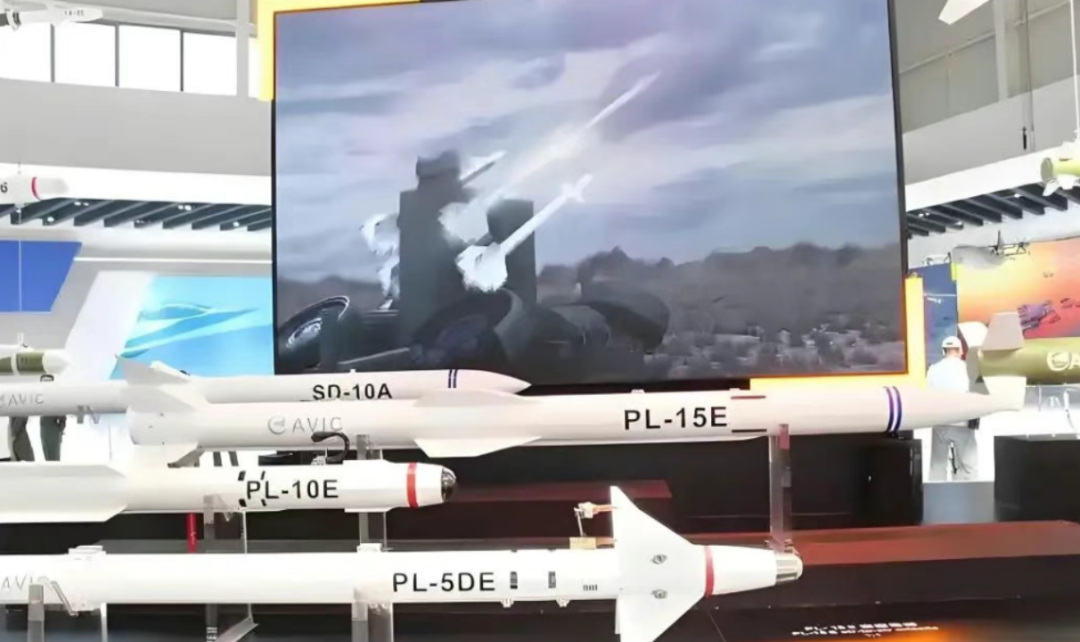25% Tariff! Will It Be Raised Further? India’s Textile Rise Hit Hard by That Air Battle
The important affairs of the state lie in worship and warfare.
War, as humanity’s ultimate means of resolving conflicts, often brings far-reaching consequences. The India-Pakistan aerial battle that occurred on May 7 this year may have impacts beyond what many can imagine. The rise of India’s textile industry may be severely set back as a result.
India's tariffs will be significantly increased.
According to CCTV News, U.S. President Trump posted on his social media that India is not only purchasing large amounts of Russian oil but also selling most of this oil on the open market to make huge profits. Trump stated that he will significantly increase the tariffs India pays to the United States. Prior to this, the U.S. had already announced a 25% tariff on India.
India’s practice of buying Russian oil and reselling it for a profit did not start recently. As soon as the Russia-Ukraine conflict began in 2022 and Europe imposed an embargo on Russian energy, India started acting like “Yangcheng Lake,” turning Russian oil into “Indian oil” and selling it to Europe at a markup. The US and Europe have largely turned a blind eye to this. As one of the few major countries in South Asia, India is considered to have strategic significance in counterbalancing China.
With India's underwhelming performance in the India-Pakistan conflict, its international environment is undergoing changes.
An Indian fighter jet was shot down.
On May 7th, India and Pakistan engaged in the largest aerial battle in over half a century, with both sides deploying a total of 110 aircraft for beyond-visual-range air combat. Ultimately, Pakistan, relying on Chinese-imported equipment such as the J-10CE fighter jets, PL-15 missiles, and HQ-9 air defense systems, shot down six Indian aircraft, including three Dassault Rafales. Despite the loss, the Indian Ministry of Defence and Ministry of External Affairs consistently denied the outcome. However, just three months after the air battle, the Indian government suddenly disclosed details of the Indo-Pak air engagement, admitting that they had misjudged the range of Chinese weaponry.

For China, it naturally verified the advancement of Chinese weaponry, but for India, it exposed its weakness. Not to mention containing China, even Pakistan can completely defeat India, which significantly reduces India's strategic value.
The rise of Indian textiles may be interrupted.
As the world's most populous country with English as the official language, India has recently been regarded by the international community as the next China, capable of taking over the industrial chains relocated from China.
Although it has been proven that many high-tech industries have failed in India due to comprehensive shortcomings in infrastructure, education, and the business environment, the textile industry, as a labor-intensive sector, has indeed made significant progress in India in recent years.
As the world's second-largest textile and apparel producer, India's textile industry accounts for 2.3% of the national GDP, 13% of industrial production, and 12% of exports, providing employment for 45 million people. Many international brands have chosen to shift their supply chains to India.
Recently, Indian media reported that French sporting goods retailer Decathlon has announced plans to expand its procurement scale in India to 3 billion USD by 2030. This expansion plan is driven by the "Make in India" vision and will focus on high-potential categories such as footwear, fitness equipment, and technical textiles to meet the evolving demands of Indian consumers and the global market.

The textile industry, as a labor-intensive industry, is greatly affected by tariffs. If India loses its strategic position, and its textiles are subjected to high tariffs, the impact on exports would be devastating.
The previously announced 25% tariff by the United States has already impacted a majority of Indian textile exports. If combined with the punitive tariffs announced by Trump, it would essentially cut off the path for Indian textiles to be exported to the U.S. According to public information, in the fiscal year 2023-2024, the total value of Indian textile exports is approximately $36 billion, with about $10 billion exported to the United States. The U.S. accounts for nearly 28% of India's total textile exports. These orders being impacted will directly affect the rise of the Indian textile industry.
【Copyright and Disclaimer】The above information is collected and organized by PlastMatch. The copyright belongs to the original author. This article is reprinted for the purpose of providing more information, and it does not imply that PlastMatch endorses the views expressed in the article or guarantees its accuracy. If there are any errors in the source attribution or if your legitimate rights have been infringed, please contact us, and we will promptly correct or remove the content. If other media, websites, or individuals use the aforementioned content, they must clearly indicate the original source and origin of the work and assume legal responsibility on their own.
Most Popular
-

List Released! Mexico Announces 50% Tariff On 1,371 China Product Categories
-

EU Changes ELV Regulation Again: Recycled Plastic Content Dispute and Exclusion of Bio-Based Plastics
-

[PET Weekly Outlook] Polyester Bottle Chips Expected to Oscillate and Warm Up with Costs Today
-

Case Study | Clariant AddWorks™ Additives Solve Plastic Yellowing Problem
-

EVA Morning Prices on September 12: Most of the Market Holds Steady, Highest Rise of 50 Yuan






